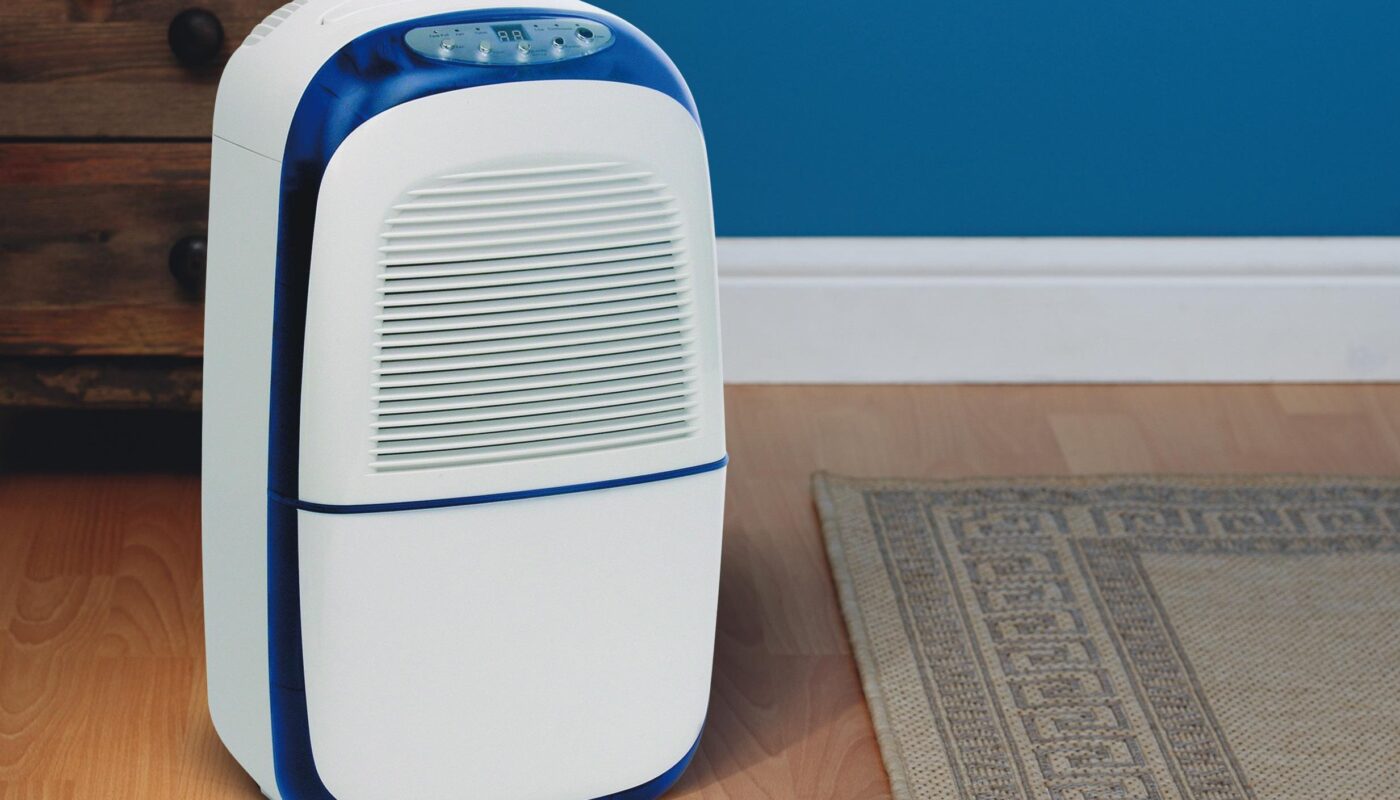Moisture and humidity inside homes can cause severe damages to health as well as properties. Whether it is mold growth, musty smell or structural damages, excess moisture invites many household issues. To effectively control indoor humidity levels, dry room dehumidifiers have become a necessity for homeowners. In this article, we discuss in detail about dry room dehumidifiers, their working, features, benefits and tips for effective usage.
What is a Dry Room Dehumidifier?
A dry room dehumidifier is an appliance specifically designed to remove excess moisture from indoor air and maintain optimal humidity levels. Unlike regular portable dehumidifiers, dry room models have a much larger capacity to remove moisture from entire rooms rather than small areas. They continuously monitor humidity levels with sensors and automatically turn on or off as needed. Some advanced dry room dehumidifiers also come with additional features like automatic drainage, humidistat controls and weather monitoring capabilities.
The Dehumidifying Process
Dry Room Dehumidifiers work on the principle of refrigerant condensation to extract moisture from air. They consist of a cold coil where air is passed through. As the air comes in contact with the cold coil, its water content condenses onto the coil’s surface due to lower temperature. This condensed moisture is then collected in an internal tank. The dried air comes out of the dehumidifier maintaining optimum humidity levels. Regular models require manual emptying of water collection tanks while larger models have automatic drainage features.
Key Components of a Dry Room Dehumidifier
All dry room dehumidifiers work on the same condensation dehumidifying technology and consist of similar key components:
– Cold Coil: This is where air comes in contact with a cold surface to condense its moisture.
– Compressor: It cools the refrigerant circulating inside the cold coils.
– Fan: High-powered fans blow room air over the cold coils at high speeds.
– Collection tank: Stores the condensed moisture removed from circulating air.
– Filters: Clean particulate matter from recirculated indoor air.
– Digital display: To monitor humidity levels, temperature and set targets.
– Auto shut-off sensor: Switches unit off when desired humidity is achieved.
Advantages of Using a Dry Room Dehumidifier
Some key advantages of investing in a good quality dry room dehumidifier include:
– Controls dampness and musty smells effectively in entire rooms.
– Prevents molds, mildew and other moisture-related health issues at home.
– Protects furnishings, woodworks and other materials from moisture damages.
– Maintains optimal indoor humidity between 40-60% all year round.
– Energy efficient whole-home solution compared to portable dehumidifiers.
– Programmable controls to customize operation as per needs and environment.
– Notification alerts to indicate filter/tank cleaning and maintenance needs.
Ideal Usage Scenarios
While dry room dehumidifiers work great for whole homes, some common scenarios where they are most effective include:
– Basements prone to dampness, flooding or plumbing leakages.
– Homes located in hot-humid climates or near bodies of water.
– Renovation or construction sites to remove moisture from indoor air.
– Garages to prevent surface rusting of vehicles and equipment stored.
– Laundry rooms performing drying cycles often.
– Attics and storage areas prone to condensation during weather changes.
Proper Maintenance
To ensure optimum performance and longevity, dry room dehumidifiers require regular cleaning and maintenance. This includes:
– Emptying collection tanks as needed, ideally every 24 hours.
– Washing filters with mild soap every two weeks under running water.
– Dusting main unit components every month with a dry cloth.
– Annual professional servicing including cleaning and testing all parts.
– Prompt repairing any leaks, wiring issues for safety and efficiency.
Dry Room Dehumidifier Buying Guide
While choosing the right model for your needs, consider key factors like coverage area, capacity, features, energy efficiency, filters and warranty. Buy from trusted brands and check performance ratings for premium experience. An investment of $300-500 can protect your home and furnishings worth much more in the long run.
Indoor air quality is as important as outdoor environment for health and well-being. Dry room dehumidifiers effectively remove excess moisture from entire rooms and maintain optimal humidity levels throughout. Regular usage protects homes from moisture related issues, facilitates healthy living and adds to property value in the long run. Installing one is a small investment reaping large benefits for years to come.




